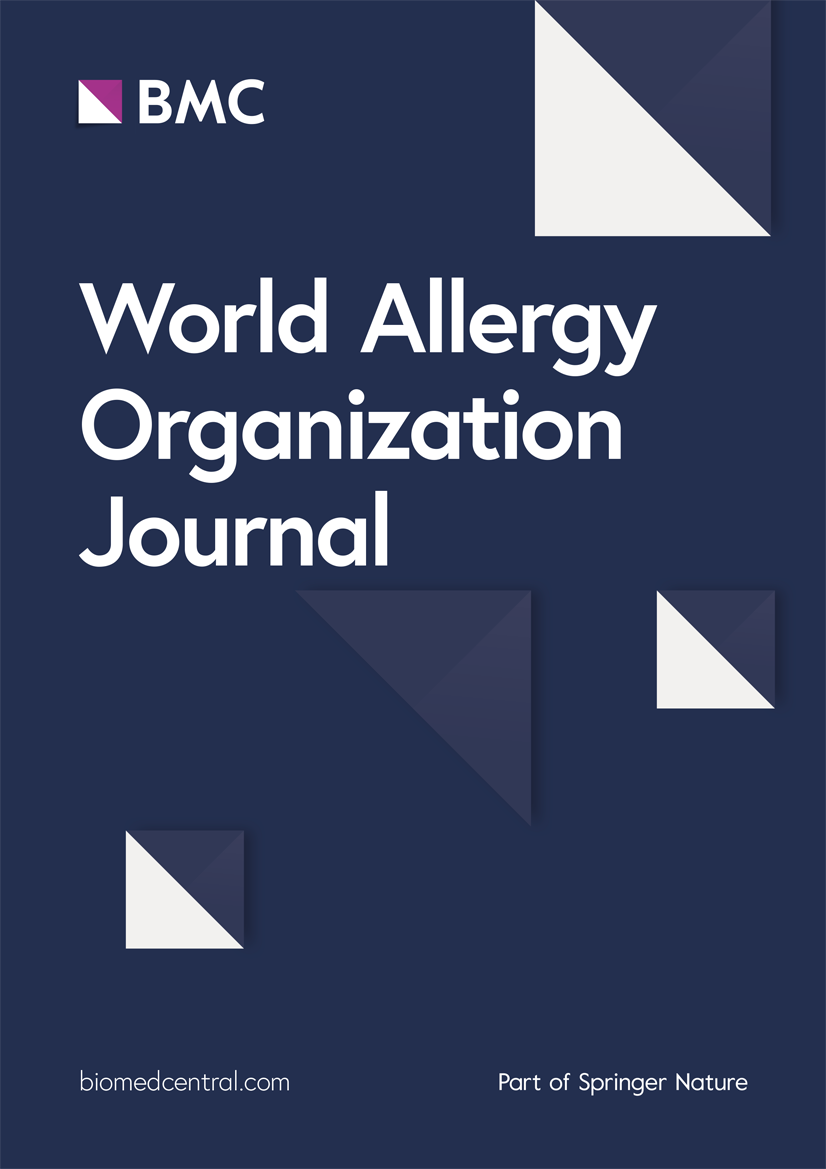行动起来:预防性过敏原标签 (PAL) 的最新情况
IF 3.9
2区 医学
Q2 ALLERGY
引用次数: 0
摘要
背景预防性过敏原("可能含有")标签(PAL)被工业界用来向食物过敏者传达无意过敏原存在(UAP)所带来的潜在风险。2014 年,世界过敏组织(WAO)强调,PAL 的使用在不断增加,但其应用往往不一致且缺乏监管,这降低了其对食物过敏消费者和为其购买食品的消费者的实用性。WAO 建议需要一个规范的国际框架来支持 PAL 的应用。2019 年,世界卫生组织 (WHO) 和联合国粮食及农业组织 (FAO) 召开了一次专家磋商会,讨论 PAL 问题,食品标签法典委员会 (CCFL) 目前正在审议磋商会的成果。方法 对预包装产品中的预防性标签和食品过敏原相关问题进行非系统性审查。结果 全球约有 100 个国家制定了有关过敏原成分声明的法律。只有少数几个国家制定了有关 UAP 的法律。鉴于 UAP 所带来的风险,不规范的 PAL 在现实生活中造成了不便,因为患者很难对其做出不平等的解释。结论当食品标签委员会正在审议粮农组织/世卫组织 2020-2023 年专家磋商会的结果时,我们总结了在全球范围内制定有效和统一立法的前景,以及可能阻碍就食品过敏原 PAL 的规范框架达成国际协议的不确定领域。本文章由计算机程序翻译,如有差异,请以英文原文为准。
Time to ACT-UP: Update on precautionary allergen labelling (PAL)
Background
Precautionary Allergen (“may contain”) Labelling (PAL) is used by industry to communicate potential risk to food-allergic individuals posed by unintended allergen presence (UAP). In 2014, the World Allergy Organization (WAO) highlighted that PAL use was increasing, but often applied inconsistently and without regulation — which reduces its usefulness to consumers with food allergy and those purchasing food for them. WAO proposed the need for a regulated, international framework to underpin application of PAL. In 2019, the World Health Organization (WHO) and the Food and Agriculture Organization (FAO) of the United Nations convened an expert consultation to address the issue of PAL, the outputs of which are now being considered by the Codex Committee on Food Labelling (CCFL).
Objectives
To summarise the latest data to inform the application of PAL in a more systematic way, for implementation into global food standards.
Methods
A non-systematic review of issues surrounding precautionary labelling and food allergens in pre-packaged products.
Results
Approximately, 100 countries around the world have legislation on the declaration of allergenic ingredients. Just a few have legislation on UAP. Given the risks that UAP entails, non-regulated PAL creates inconvenience in real life due to its unequal, difficult interpretation by patients. The attempts made so far to rationalize PAL present lights and shadows.
Conclusions
At a time when CCFL is considering the results of the FAO/WHO Expert Consultation 2020–2023, we summarise the prospects to develop an effective and homogeneous legislation at a global level, and the areas of uncertainty that might hinder international agreement on a regulated framework for PAL of food allergens.
求助全文
通过发布文献求助,成功后即可免费获取论文全文。
去求助
来源期刊

World Allergy Organization Journal
Immunology and Microbiology-Immunology
CiteScore
9.10
自引率
5.90%
发文量
91
审稿时长
9 weeks
期刊介绍:
The official pubication of the World Allergy Organization, the World Allergy Organization Journal (WAOjournal) publishes original mechanistic, translational, and clinical research on the topics of allergy, asthma, anaphylaxis, and clincial immunology, as well as reviews, guidelines, and position papers that contribute to the improvement of patient care. WAOjournal publishes research on the growth of allergy prevalence within the scope of single countries, country comparisons, and practical global issues and regulations, or threats to the allergy specialty. The Journal invites the submissions of all authors interested in publishing on current global problems in allergy, asthma, anaphylaxis, and immunology. Of particular interest are the immunological consequences of climate change and the subsequent systematic transformations in food habits and their consequences for the allergy/immunology discipline.
 求助内容:
求助内容: 应助结果提醒方式:
应助结果提醒方式:


